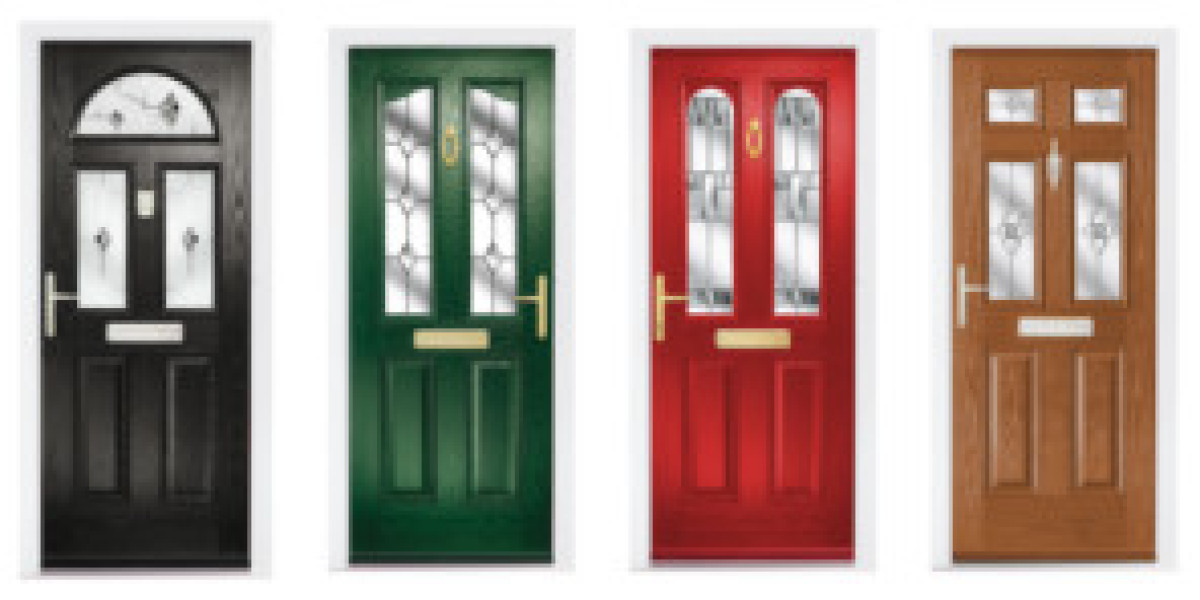Title: The Comprehensive Guide to Bifold Door Rubber Seal Replacement
Intro

Bifold doors are a popular choice for property owners due to their space-saving design and visual appeal. Nevertheless, like any other door, they are subject to wear and tear, especially the rubber seals. Gradually, the rubber seals may crack, shrink, or end up being harmed, leading to air and water leaks. This short article will provide a comprehensive guide on how to replace the rubber seals on bifold door bottom pivot repair doors.
Understanding Bifold Door Rubber Seals
Bifold doors have rubber seals, also referred to as weatherstripping, set up around their frames to prevent air and water leaks. These seals likewise play a vital role in preserving the door's insulation properties, keeping the interior of your home comfortable. The rubber seals are usually made of EPDM (ethylene propylene diene monomer) or neoprene rubber, which are both resilient and versatile materials.
Factors for Replacing Bifold Door Rubber Seals
There are numerous reasons that you may need to replace the rubber seals on your bifold doors. These consist of:
- Damaged or broken bifold door seals: Over time, the rubber seals might end up being breakable and fracture, causing air and water leaks.
- Shrinking: The rubber seals might diminish due to exposure to sunlight or extreme temperature levels, lowering their effectiveness.
- Wear and tear: Regular usage of the bifold door track lubrication doors might cause the rubber seals to break, resulting in gaps and leakages.
Tools and Materials Required
To replace the rubber seals on your bifold door specialists doors, you will require the following tools and RepairMyWindowsAndDoors materials:
- Screwdriver or power drill
- Utility knife
- Determining tape
- Rubber seal (EPDM or neoprene)
- Adhesive (if required)
Steps for Replacing Bifold Door Rubber Seals
Follow these actions to replace bifold closet doors the rubber seals on your bifold doors:
- Remove the old rubber seals: Using a screwdriver or power drill, eliminate the screws holding the old rubber seals in place. Carefully take out the old seals using an utility knife to cut any adhesive holding them in location.
- Procedure the door frame: Measure the length and height of the door frame to identify the size of the brand-new rubber seals needed.
- Cut the new rubber seals: Cut the brand-new rubber seals to the appropriate size using an energy knife. Be sure to cut them somewhat longer than the measurements to permit changes.
- Install the new rubber seals: Install the brand-new rubber seals around the door frame, ensuring they fit comfortably versus the frame. Utilize a screwdriver or power drill to secure them in location.
- Inspect for gaps: Check for any gaps in between the rubber seals and the door frame. Fill any spaces with adhesive to ensure a tight seal.
FAQs
Q: How often should I replace the rubber seals on my bifold doors?A: The rubber seals need to be replaced every 5-10 years, depending upon the quality of the rubber and the quantity of use the doors receive.
Q: Can I replace the rubber seals myself, or do I require to hire an expert?A: Replacing the rubber seals on bifold doors is a reasonably easy procedure that can be done by most house owners. However, if you are not comfy doing it yourself, you can employ an expert to do it for you.
Q: What type of rubber seal should I use for my bifold doors?A: EPDM and neoprene rubber seals are both popular options for bifold doors due to their sturdiness and flexibility. However, it is vital to choose a seal that works with the material of your door frame.
Q: Can I paint the rubber seals on my bifold doors?A: No, painting the rubber seals is not recommended as it may compromise their effectiveness and trigger them to weaken much faster.
Q: How do I know if the rubber seals on my bifold doors are damaged?A: Look for fractures or spaces in the rubber seals, or look for air or water leaks around the door frame.
Conclusion
Replacing the rubber seals on bifold doors is an important maintenance task that can assist guarantee the doors' longevity and effectiveness. By following the actions detailed in this short article, homeowners can easily replace the rubber seals themselves and preserve the doors' insulation properties. Regular evaluation and upkeep of the rubber seals can likewise assist avoid damage and extend their life expectancy.








